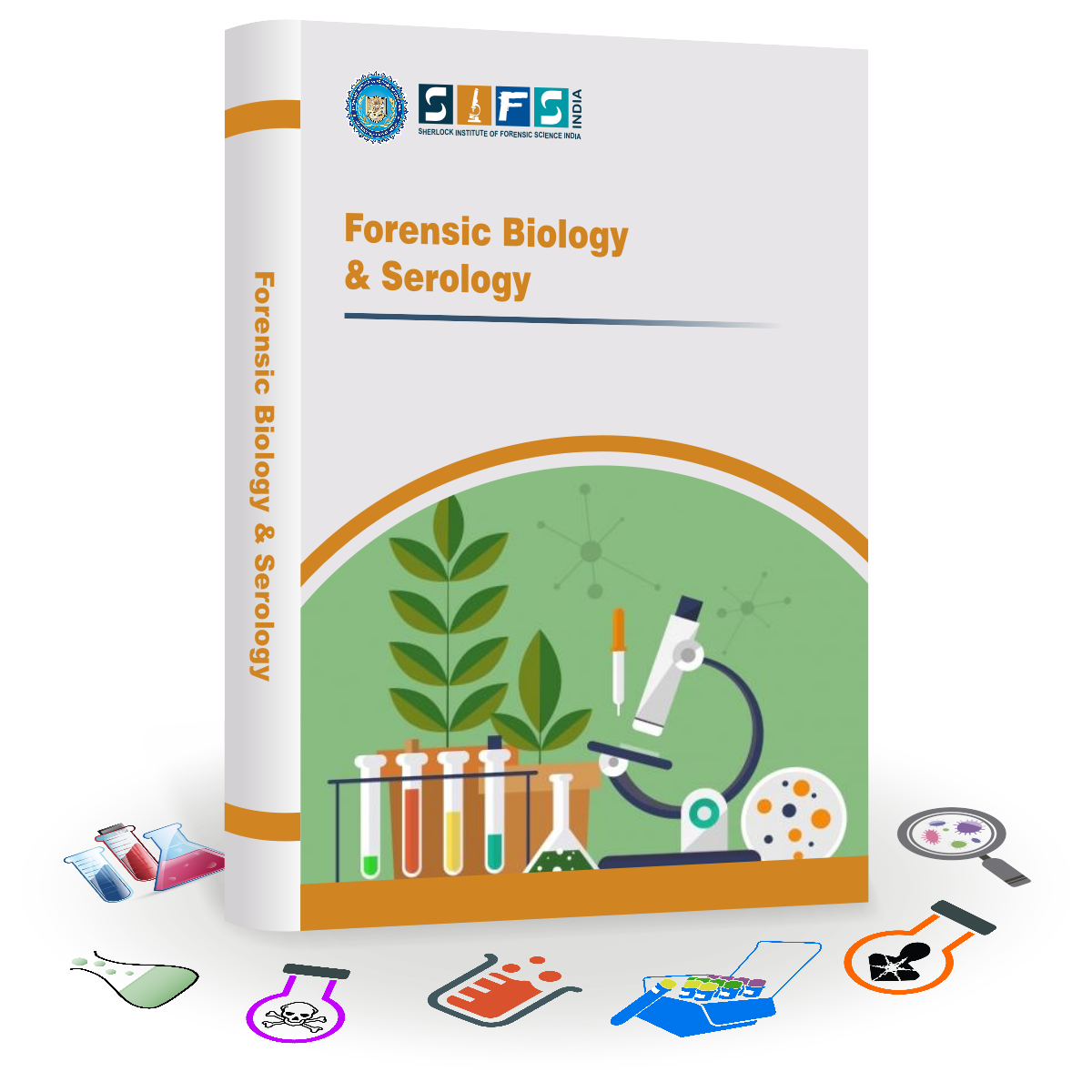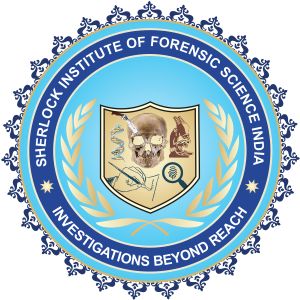This was a great experience to know more things about forensic biology and serology which is helpful for the forensic science student and even for much more broad use .Thank you so much sir for brushing up us to shine later in future. And I am going to surely use the knowledge in my field as much as possible and effective .

Dec Batch 2025
Last Date to Register : 25th Dec 2025
The Forensic Biology & Serology Online Course by SIFS India is carefully crafted to help you explore the domain of life sciences where biology intersects with forensic investigation.
You will learn to handle biological evidence, perform DNA analysis, do serological testing, and acquire skills to become a proficient forensic biologist.
You will receive training from expert professionals in the form of pre-recorded sessions to master skills to decipher the hidden stories within biological samples.
Associate Degree Program comprises of three levels: Level 1 (certificate), Level 2 (diploma), and Level 3 (Post Graduate Diploma), and the entire curriculum is divided among these levels.
A few of the topics you will learn about are: forensic serology history, characteristics of blood, types of bloodstain patterns, collection, preservation, and packaging of different types of bloodstains; bloodstain examination techniques, determination of species of origin, history of blood groups, blood grouping systems, blood group determination techniques, characteristics of semen, handling semen evidence, and examination of different types of body fluids like saliva, urine, sweat, human milk, etc.
So join us today to start contributing to criminal investigations and providing expert opinion during legal proceedings.
Course Benefits
Enrolling in this course will equip you with skills and knowledge about various techniques used to perform biological evidence analysis, DNA profiling, and serological testing. You will learn how to analyze blood, semen, and other biological samples and understand the principles of DNA analysis, opening doors to several career opportunities, from forensic labs to crime scene investigations.
Course Outcome
Upon successfully completing this course, you will efficiently analyze and interpret biological evidence using forensic biology and serology techniques, with a strong understanding of the legal and ethical aspects of working with biological samples. You can work with public and private sector forensic labs, as an instructor with forensic institutes, or set up your own lab.
Course Highlights
- Pre-recorded sessions with practical insights about forensic biology and serology equipment
- Lectures by seasoned professionals with expertise in forensic biology
- Industry-specific and comprehensive study material and reference books
- Community of forensic biologists and serologists
- Increased job opportunities with network expansion
Payment Details:
International Student : PayPal: forensicdocument@gmail.com
Account Details for National Student
Bank Name - ICICI BANK
Acc. Name - SIFS INDIA PVT. LTD.
Account No. - 663505500086
Type - Current
IFSC Code - ICIC0000160
Address - ICICI Bank, H-4, Model Town -III, New Delhi - 110009







